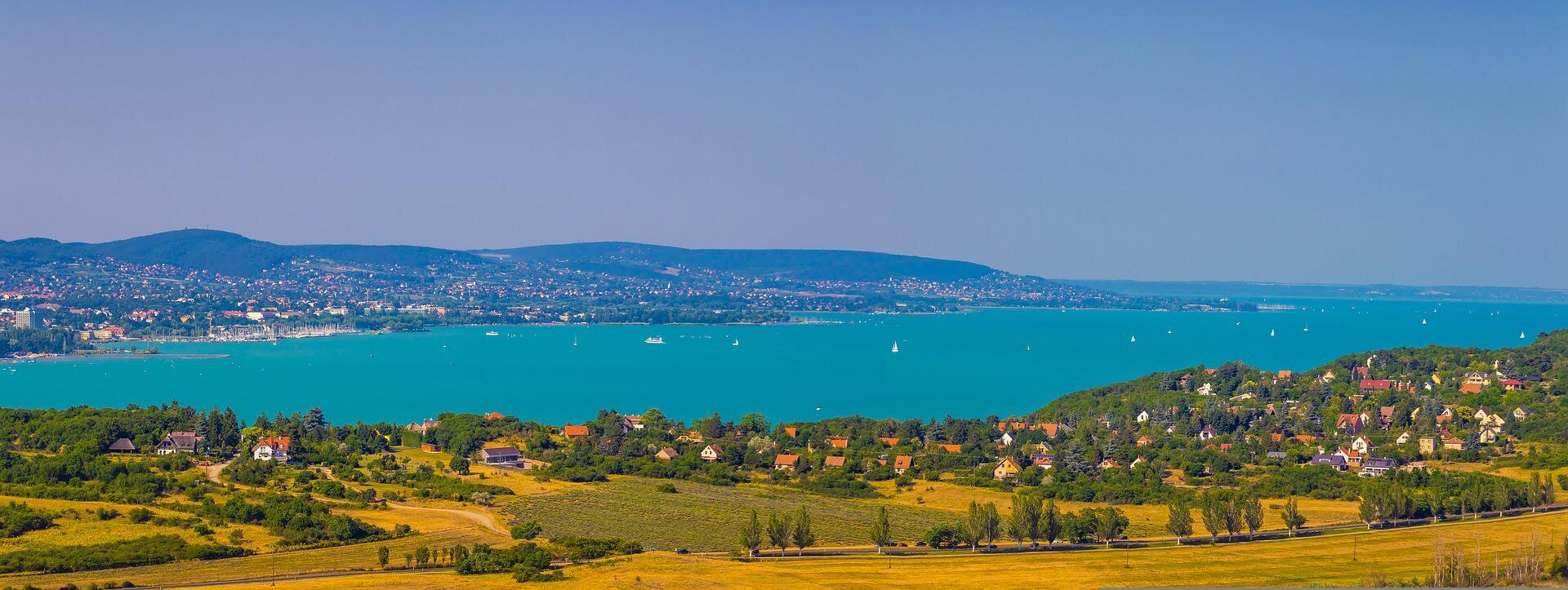The history of the beautiful Hungarian vineyards

Specific climate conditions, diverse soils and the treasure of tradition are what make the high-quality Hungarian wines so unique. One of the world’s most renowned wine writers, journalist Hugh Johnson, mentions Hungary, along with France and Germany, as the pioneer of European winemaking traditions.
“In addition to the world-famous sweet Tokaji, fruity but full-bodied dry white wines, the pleasantly acidic Kadarka or the long-maturing Cabernet Franc have also found a home in this region. Our dry white wines and champagnes reach more and more discerning domestic and foreign consumers.” – writes bor.hu.
History of wine in Hungary
The first historical finding regarding wine production in the country’s territory dates back to the 1st century BC. The Pannonian Basin was under the Roman Empire’s authority at that time. The Romans found the regions’ conditions ideal for their viticulture. They were so successful, that Roman Emperor Domitian (81-96. AD) ordered the extermination of the vines and banned wine production, to get rid of the Italian wines’ competitors.
They started planting grapes again in the 3rd century, in today’s Croatia, spreading over to the lands that are now Hungary. Since then, there have been continuous archaeological findings that prove the existence of vineyards in the Balaton’s area. With the arrival of Hungarians in the 9th century and the adoption of Christianity, grape and wine production only became more significant and widespread.
Back then, viticulture was a mixture of both Roman, Inner-Asian and Caucasian practices. It was also affected by the converting Benedictine order, and other western people’s traditions and tastes (from Italy, Burgundy, Anjou and the Rhine Valley).

After the flourishing wine production in the Middle Ages, the Turkish occupation also took a toll on the vineyards. Still, through the centuries numerous regions became famous for their wines, for example Mátra, Baranya, the Highlands of Balaton, Pannonhalma and Tokaj, just to mention a few.
Worth the visit
All the Hungarian wine regions have their own distinctive charm. Here are a few regions to visit on your next trip to Hungary.
Balaton wine region
Visiting Lake Balaton is a great vacation by itself in every season if you want to unwind on the shore. Between swimming, hiking in the hills or getting lost in the Sea of Stones, it is worth it to find some time to visit a wine cellar, for example, in Tihany, with a great view and a beautiful monastery.

Pannon wine region
Located in South-West Hungary, this region is truly a melting pot of cultures. Remains of Christianity from Roman times, Árpád-era buildings and traditions with Slavic roots are all present in this area, which used to belong to the German population. Just like its cultural roots, the surrounding nature is diverse and bountiful – perfect for autumn hikes.
Tokaj wine region
Of course, this one cannot be left out of the list. The first official wine region in Europe offers a wine that both the French Sun King and the Russian Tsars considered the most delicious. But beyond the drinks, this area is also full of atmospheric quaint little towns waiting for you to discover them. The region is dotted with hundred-year-old churches and temples with fascinating legends. It is definitely worth spending a couple of days getting lost in the ambiance of the place.
Source: bor.hu







